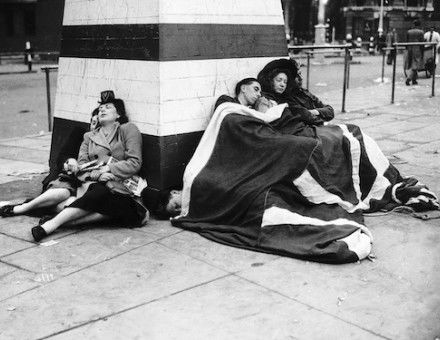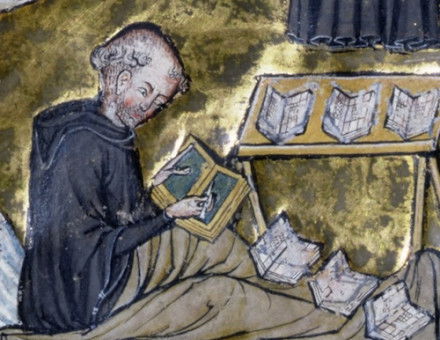The Foundations of Liberia
Supported by both slaveholders and abolitionists for different reasons, the founding of Liberia is a history of the near impossible. Perhaps its greatest feat was survival.
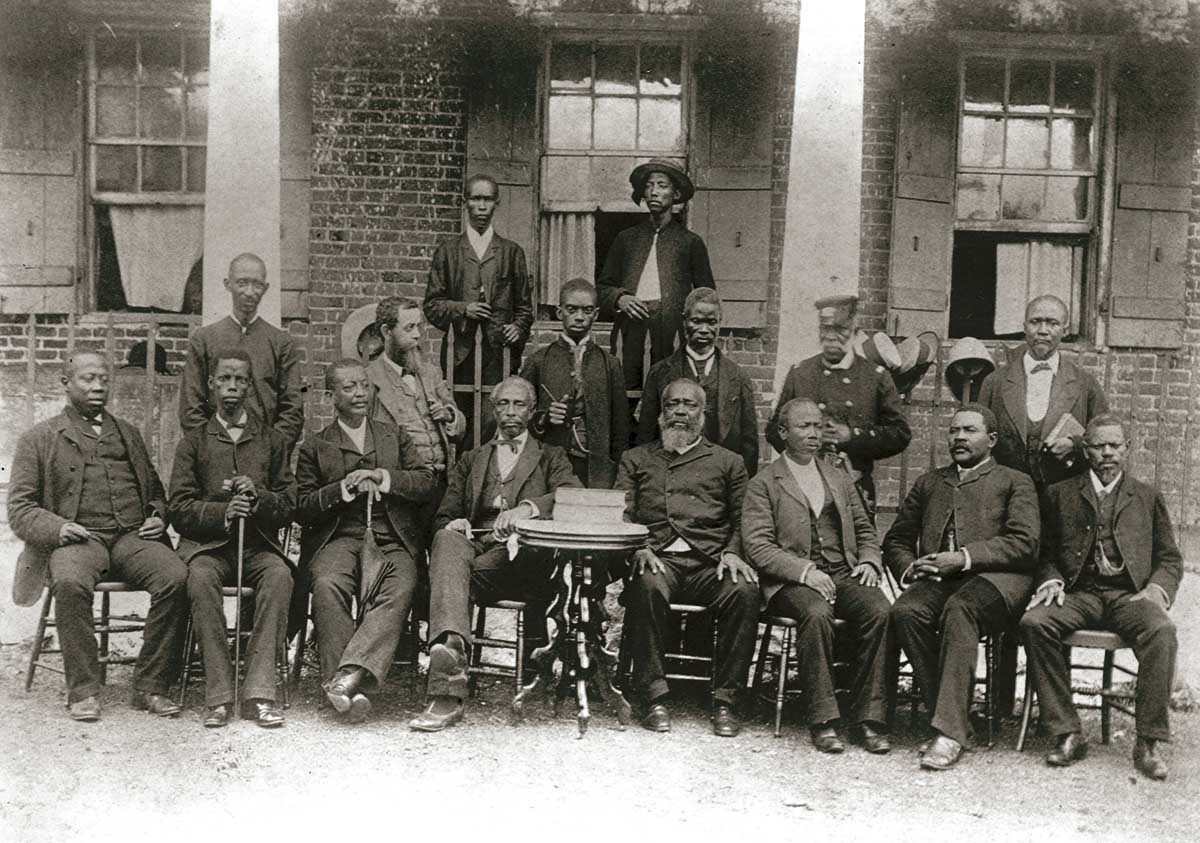
The year 2020 is unlikely to be marked with particular fanfare in Liberia, but it was 200 years ago, on 31 January 1820, that 88 African American men, women and children boarded a ship in New York Harbor with the intention of creating a colony in Africa where they would be free of prejudice. Officially, these passengers were labourers tasked with creating a settlement for ‘recaptive’ slaves liberated from illegal slave ships, but everyone – from the American Colonization Society (ACS) that chartered the ship, to the American president James Monroe – knew that these were colonists seeking a promised land.
The problem, or rather one of many problems, was that they did not yet have any land on which to settle. It took just over a month for them to land in the British colony of Sierra Leone, but it was nearly two years before a US government agent managed to purchase land for them about 150 miles further down the coast, allegedly using the expedient of a loaded gun pointed at the head of a local leader, known to Europeans as King Peter. Finally, in April 1822, a few of the remaining pioneer families, augmented by more recent arrivals, began settling their new home. It would be 25 years before they declared their independence and established the Republic of Liberia.
Liberia’s beginnings
There are, thus, many beginnings for Liberia, but a ship full of hopeful settlers is certainly one start. The struggles of those early years, the forces that propelled these pioneer families and thousands of other African Americans ‘back’ to Africa, and the ways in which they came to dominate Africans already living in their promised land tell a broad story about slavery, abolition and colonisation. It makes 1820 not just a key year in the history of Liberia but in the histories of the US, Africa and the Atlantic world.
The idea for Liberia arose from what many saw as a fundamental problem facing the US: the presence of free blacks. For slave owners, free black populations were a direct threat: their existence undermined the justifications for slavery and owners feared a slave uprising. Many white people who were ambivalent about, or even opposed to, slavery also feared the growing number of free black people who they saw, in the words of ACS co-founder Henry Clay, as ‘useless and pernicious’, a threat to the security, prosperity and culture of the US. Some saw the prospect of a large, free black population as one of the chief obstacles to emancipation.
These prejudices generated widespread support from some unlikely bedfellows for the idea of African American colonisation. Slave owners thought emigration would protect slavery, while abolitionists advocated it as a path toward emancipation. Even some of the most radical white abolitionists were initially willing to join hands with slave owners when it came to colonisation, because they thought free blacks would never find equality in the US.
There was no shortage of colonisation plans in the decades following the American Revolution. Proposed sites for African American colonies included the western US, Haiti, Canada and various parts of Africa. These latter suggestions drew the interest of evangelicals who believed African Americans would make ideal missionaries for spreading Christian beliefs to ‘heathen’ Africans, but most plans fizzled out quickly.
In 1816, however, Charles Fenton Mercer, a Virginian politician who believed free blacks would destabilise the US, began gathering support from political, religious and judicial elites for a society that would establish a colony for black emigration. In late December, these men created the American Society for Colonizing the Free People of Color of the United States (later simply the American Colonization Society).
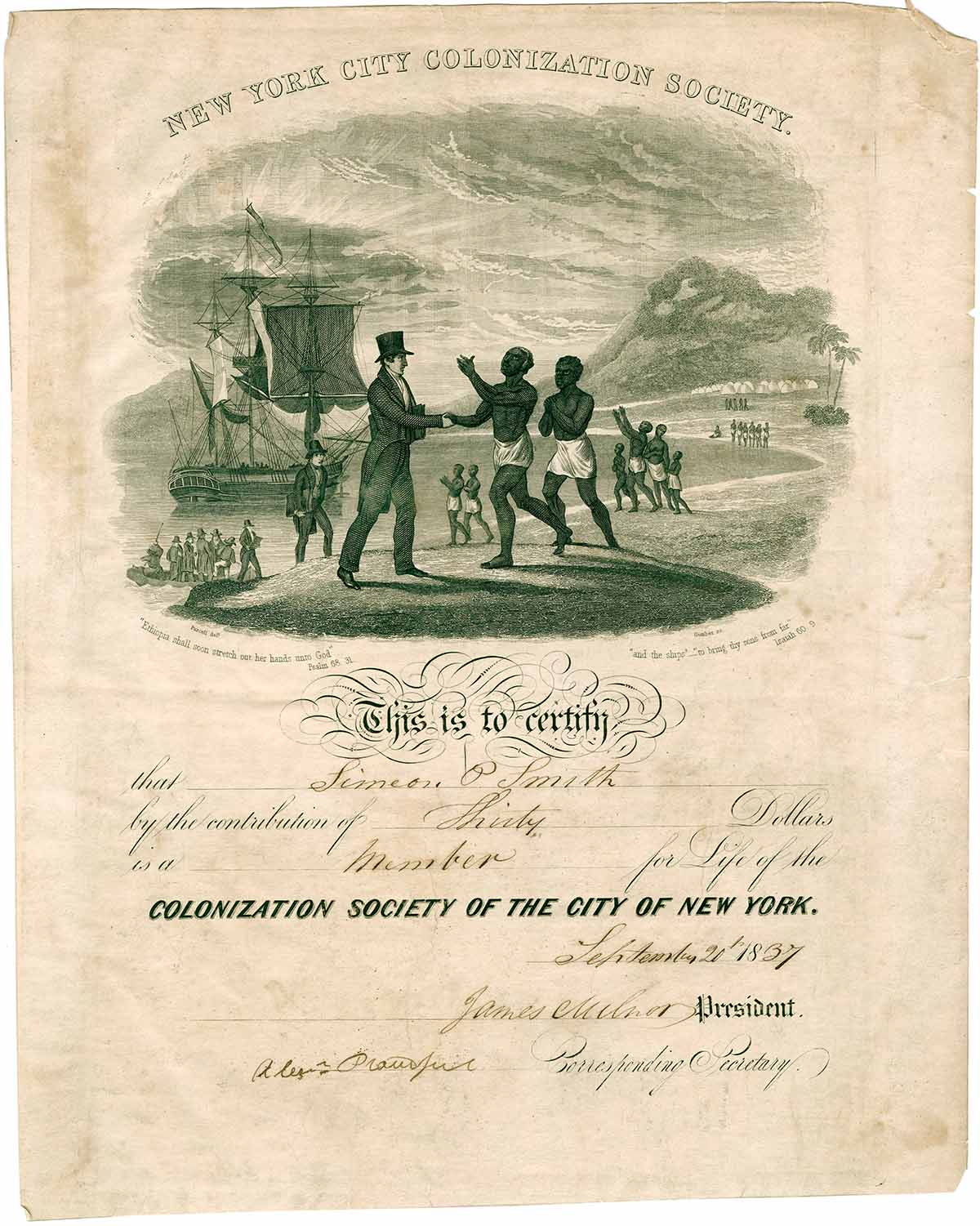
Among the Society’s early supporters were a Supreme Court justice, several congressmen and two American presidents, James Madison and James Monroe. To ensure widespread support in a country divided over slavery, the ACS appointed 13 vice-presidents who represented states in the North and South and encompassed a range of views on abolition, slavery and the question of free blacks. The society encountered resistance and numerous setbacks, but its collective power produced results. In 1819 Mercer pushed a bill through Congress that authorised the federal government to establish a colony in Africa for recaptive slaves and allocated $100,000 to fund it.
It was this bill that enabled the ACS to start sending ships of African American colonists to West Africa. But the flip side of the Society’s ability to unite hardline racists and ardent abolitionists was that it generated almost immediate antipathy among the free black communities it hoped to recruit. Just three weeks after the ACS was founded, black activists organised a protest in Philadelphia, which drew 3,000 people, and only 138 northern free blacks chose to emigrate to Liberia between 1820 and 1830. The remaining 1,199 settlers in those years were southern free blacks and enslaved blacks who were freed on the condition that they leave the US.
This land is our land
The very notion of emigration was outrageous in the eyes of many free black people. In the words of a resolution drafted at that Philadelphia protest, the idea of exile was ‘cruel’; it was the ‘blood and sweat’ of enslaved blacks who had cultivated the US and ‘we their descendants feel ourselves entitled to participate in the blessings of her luxuriant soil’. The racism that ran through the ACS –from the vitriolic beliefs of some leaders to the degrading paternalism seen in the membership certificate – further alienated most African Americans, but increasing white antagonism prompted others to consider colonisation as a solution to their plight, including a few prominent black leaders.
Paul Cuffe, a successful merchant of African and Native American heritage, used his wealth and transatlantic connections to move several African American families to Sierra Leone. British philanthropists had founded Sierra Leone in 1787 as a haven for black Britons, including enslaved black Americans who had secured their freedom fighting for the British in the Revolutionary War. The initial settlement struggled with high death rates and poor planning, but by 1815 the colony was on firmer footing. Cuffe’s plan to resettle African Americans there galvanised black interest in colonisation and fuelled white colonisationist plans.
The ACS sought Cuffe’s endorsement, but its plan did not align with his vision. Shortly before Cuffe’s death in 1817, he warned the ACS leadership that a successful colonisation plan must be led by free blacks, not whites. The ACS did, however, get support from Reverend Daniel Coker, a former slave and co-founder of the African Methodist Episcopal Church. Coker had fallen out of favour with other church leaders, but his decision to join the first colonisation effort in 1820 nonetheless lent an air of spiritual approval to the affair.
The fate of the early pioneers confirmed the worst fears of anti-colonisationists. Without a destination, the colonists settled on Sherbro Island, off the coast of Sierra Leone. One of Cuffe’s old associates, John Kizell, recommended the site because he had established good relations with the island’s inhabitants, but the land was low on drinkable water and high on mosquitos. Malaria soon struck down nearly a third of the colonists. Coker took the remaining settlers and moved them to Fourah Bay, in Sierra Leone, to await assistance from the ACS.
The road to independence
It was months before another colonisation ship came with supplies. When the ACS agent finally managed to purchase land for them down the coast at Cape Mesurado, Coker and many of those who had travelled to Africa with him refused to leave Sierra Leone. It was, thus, primarily the emigrants from the second ship who founded Liberia. Their initial experiences were tragically familiar to those who had preceded them.
The Dei people who occupied the Cape did not accept the treaty signed by King Peter and the small party of colonists sent to prepare the way for their families had to settle on an island that had no fresh water. Inevitably, many fell sick. Eventually, the colonists and the Dei invited a powerful neighbouring chief to arbitrate their dispute, but by the time he found in favour of the colonists, the rainy season had begun. The ACS agent and a handful of settlers departed again for Sierra Leone, but the rest landed in Liberia in April 1822 and began building Monrovia, today the nation’s capital.
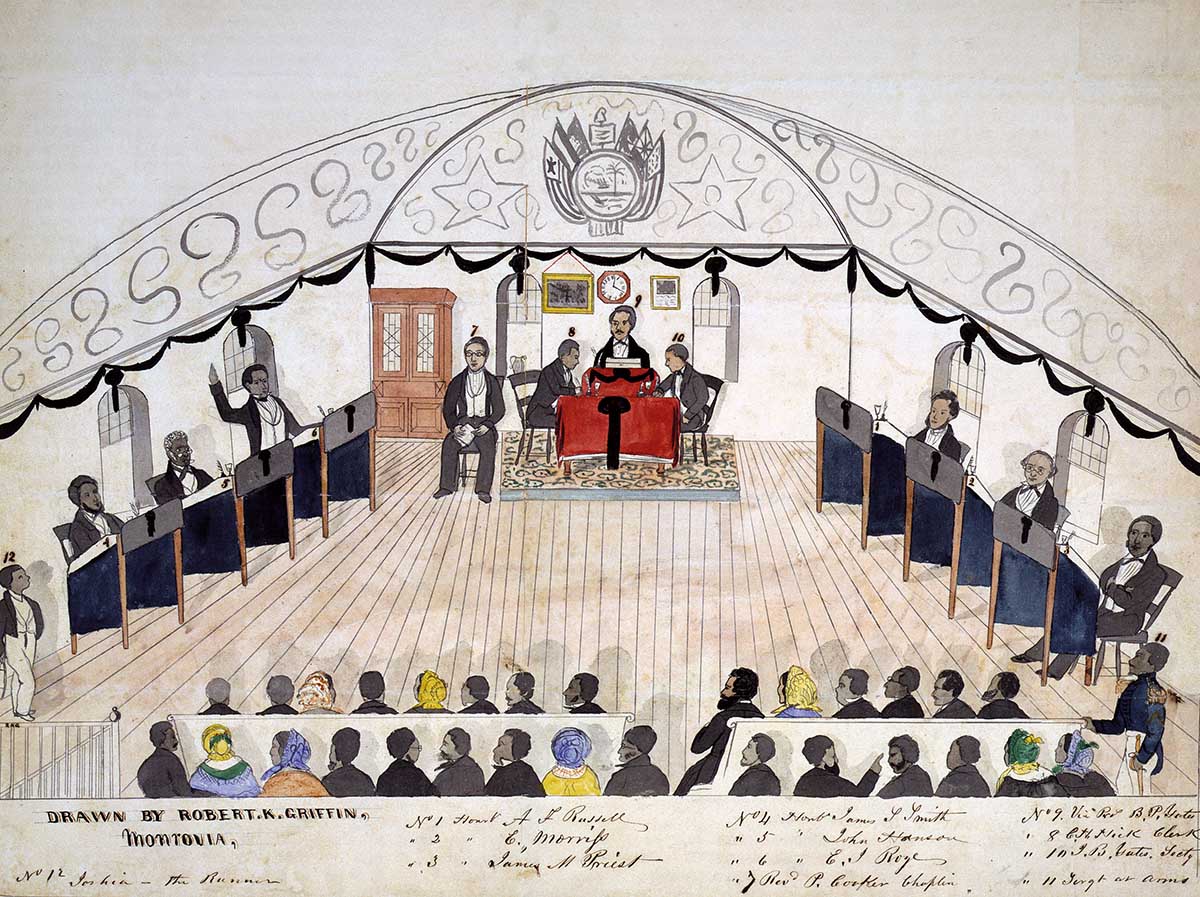
Disease remained a constant threat to new arrivals in the colony’s early years. Nearly half of the settlers had died by 1843 when the ACS conducted a census, but those who survived found that their new home also afforded them opportunities. By 1826 the colony, by then officially known as Liberia, could boast a school, public library and printing press. Growing commerce brought profits to an emerging elite.
The colony was also expanding through a series of treaties, but relations between colonists and several of the surrounding societies remained hostile, not least because many of the latter continued to sell slaves to French and Spanish traders. The colonists benefited from the protection and assistance of American and British navies, however, and in 1832 the settlers’ weapons enabled them to decisively win a two-day skirmish that established their supremacy at the cape and marked a shift toward their control over indigenous groups.
Meanwhile, across the Atlantic, the ACS had lost its federal funding, which by then amounted to $264,000 worth of taxpayer assistance. At the same time, many prominent US abolitionists renounced the idea of black colonisation, but by this point Liberian colonisation had taken on a life of its own. The fear and panic surrounding the Nat Turner slave rebellion in Virginia in 1831 briefly increased interest in emigration. In the two years following the uprising the ACS transported almost as many people as it had in the previous decade.
Generally speaking, free black communities remained opposed to colonisation in the 1830s, but white interest was on the rise. Several states, including New York, Kentucky and Mississippi, began establishing colonies for African American emigrants along the Liberian coast. Maryland established the largest and most successful of these settlements, allocating more than $200,000 for the purpose, a tremendous sum at the time. While the other colonies quickly united under the leadership of Liberia, Maryland in Liberia remained a separate colony until 1857.
As Liberia expanded, it came into conflict with British traders, who did not want to pay the colony’s customs duties. When the US refused to intervene, the ACS and colony leaders decided that self-government was the solution. On 26 July 1847, Joseph Jenkins Roberts, the governor and soon to-be first president, declared the independence of the Republic of Liberia.
Back in the USA
In the US, the crisis over slavery was reaching fevered proportions with two consequences for Liberia. First, the US refused to recognise its sovereignty until 1862; the pro-slavery lobby would not condone a free black republic. Second, fears surrounding the possibility of southern slave-holding states seceding from the union led to the passing of the 1850 Fugitive Slave Act, which made it terrifyingly easy for slave catchers to kidnap free black people by claiming they were runaway slaves. Black emigration soared as a result and the ACS transported approximately 5,000 more people to Liberia in the 1850s.
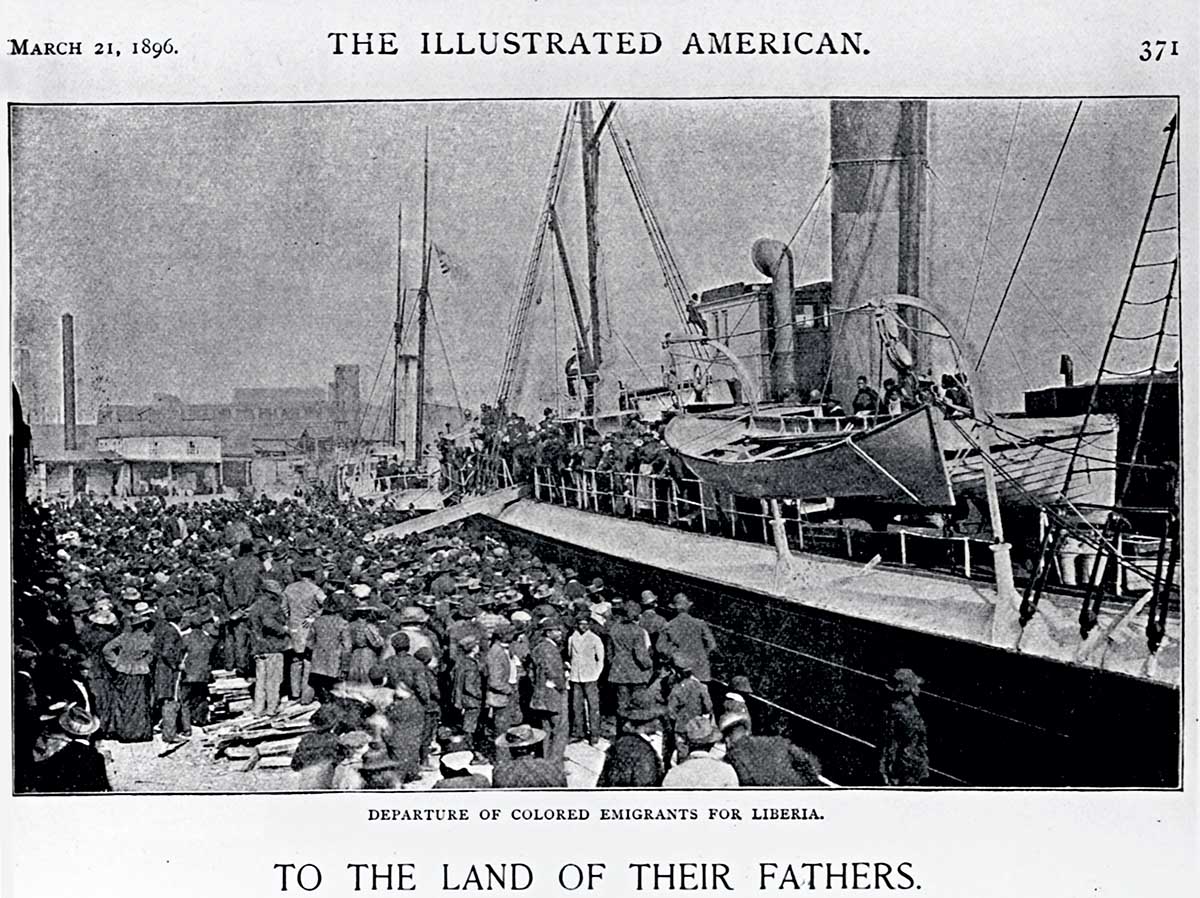
By 1867 the ACS and Maryland Society had transported nearly 14,000 African Americans to Liberia; another 5,722 recaptive slaves, known as Congos, were also settled there. As nearly half of these emigrants died, the Americo-Liberians, as they became known, only constituted about five per cent of Liberia’s population, but they dominated politically and economically until 1980, for this was a settler colony. Imbued as they were with Western culture, Americo-Liberians viewed Africans as primitive peoples in need of civilisation and Christianity and saw themselves as the country’s rightful leaders.
In their search for a promised land of liberty, African American settlers created a hierarchical society based on many of the same assumptions that justified white supremacy in the US. Race was no longer a dividing line, but class, religion and cultural heritage were. Many indigenous Africans, meanwhile, saw Americo-Liberians as freed slaves with no legitimate claim to leadership, but it was the Americo-Liberians who held power. For the republic’s first 100 years Africans were not allowed to vote unless they proved they had adopted Americo-Liberian culture.
In those years, Liberia stood as a rare example of black colonialism, but it also became a beacon for black liberation and Pan-Africanism. The successes and failures of this colony-turned-republic reverberated across the Atlantic, shaping discussions of black identity and potential. Like the ACS that enabled its formation, Liberia occupied an irresolvable space at the crossroads of freedom and oppression and could never fulfil all the utopian hopes resting upon it. But the colony founded by a few dozen black families in an era of white supremacy did survive.
Angela Thompsell is Associate Professor of History at the College at Brockport, State University of New York.



